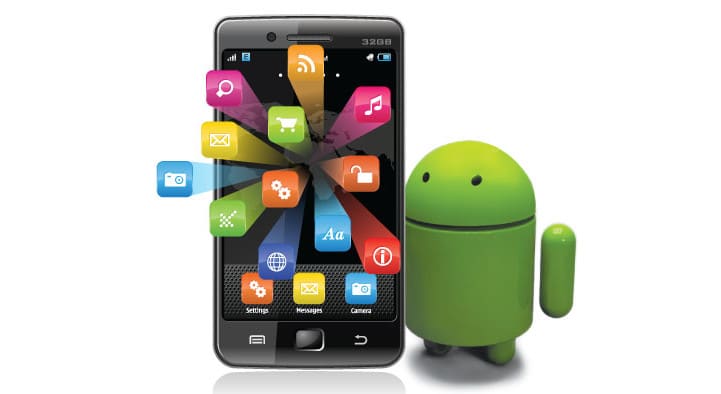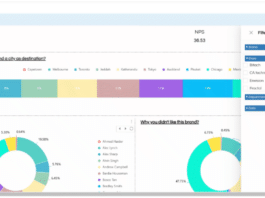
Google CEO Sundar Pichai at his I/O 2017 keynote announced that there are over two billion active Android devices worldwide. But to reach the next two billion users, the search giant is all set with a new project called Android Go.
Android Go is a lightweight version of the upcoming platform (codenamed Android O). The development is aimed to bring a fluid experience on entry-level devices that have 1GB or even less of memory — ultimately to expand the presence of Android around the globe.
“We took a step back to think about what it would take to get smartphones to more people,” Sameer Samat, vice president of product management for Android and Google Play, told the audience at the I/O conference.
Optimised experience, lesser data consumption
Google is tweaking the core Android files to optimise the new offering. There will be primarily three key areas, namely Android OS, Google Apps and a special Play Store. These areas are targeted to deliver features relevant for users who have limited data connectivity and speak multiple languages. Moreover, the company will still provide the best of Android O.
While app access will not be limited on Android Go, Google is pre-installing its native packages such as Chrome, Gboard and YouTube Go. Further, the custom Play Store version will highlight apps specifically designed for inferior hardware. The marketplace will indeed include the entire app catalogue.
The pre-installed apps, as well as the ones that will be highlighted in the Play Store, will be less than 10MB in size. Google will additionally use its data saving technologies to minimise the consumption of packets.
YouTube Go is already exemplifying the future by enabling offline support for watching online videos. Likewise, the current Chrome version is providing a built-in data saver to limit cellular data.
Expansion over time
The initial range of handsets with Android Go will debut in 2018. Although the first release will be based on Android O, all the future versions of Android will be shipped with an Android Go variant to expand the new initiative over time.
Developers will receive guidelines to amend their apps to make them highlighted in Android Go. Meanwhile, you can play with the initial features of Android O by installing its beta version.



